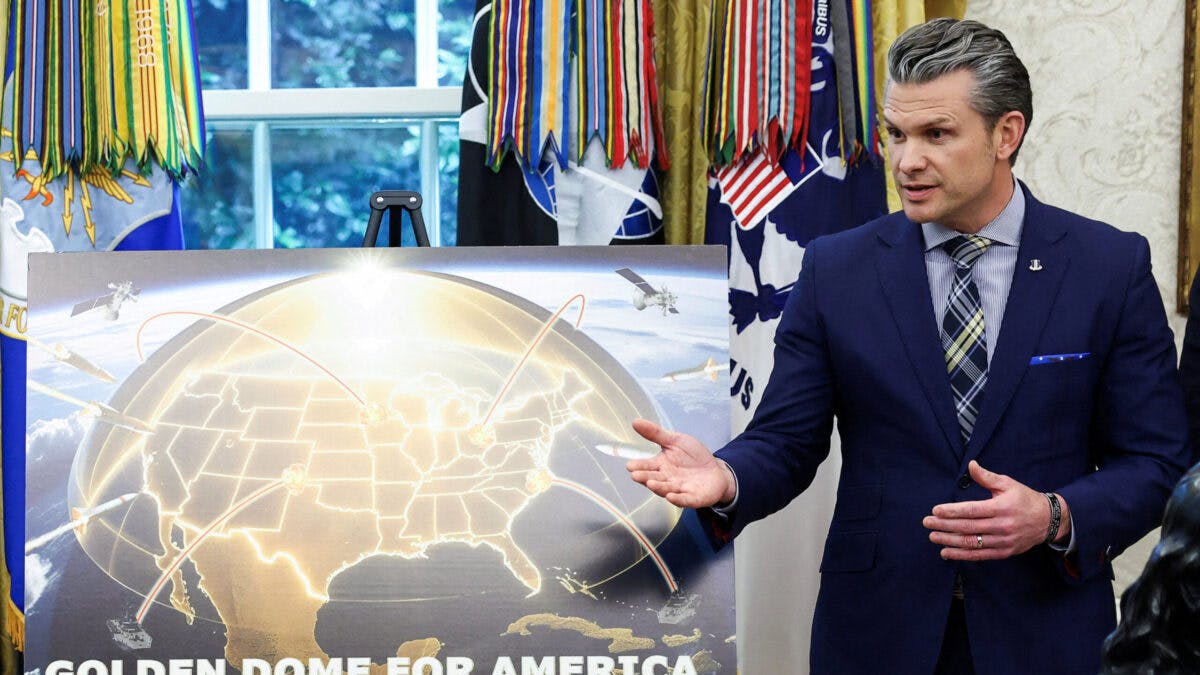


WASHINGTON (Reuters) — The Pentagon has successfully tested a long-range radar in Alaska that can detect missile threats from Russia or China, and could someday serve as a sensor in the Golden Dome missile defense shield.
The Long Range Discrimination Radar successfully acquired, tracked, and reported missile target data, the Pentagon said on Tuesday. These are key tasks for Golden Dome, a $175 billion program aimed at protecting the U.S. and possibly allies from ballistic missiles.
The U.S. Defense Department’s long-range radar in Central Alaska was built by Lockheed Martin as part of the existing Ground-Based Midcourse Defense missile defense system. The system is designed to increase the effectiveness of interceptors based in Alaska and California that are currently on standby to knock down incoming missiles launched by Iran or North Korea.
The U.S. Missile Defense Agency, alongside the U.S. Space Force and U.S. Northern Command, conducted the flight test at Clear Space Force Station, Alaska, on Monday.
During this test, a target developed by MDA was air-launched over the Northern Pacific Ocean and flew over 2,000 kilometers (1,243 miles) off the southern coast of Alaska where it was tracked by LRDR.
The Golden Dome missile defense shield aims to create a network of satellites to detect, track, and intercept incoming missiles.
Inspired by Israel’s Iron Dome, the Golden Dome program faces political scrutiny and funding uncertainty due to its projected cost. The shield is expected to be operational by January 2029, though experts question the timeline and budget feasibility.
The Golden Dome project was announced by President Donald Trump in May and is included in the “One, Big, Beautiful Bill.” Trump said the Golden Dome is a continuation of former President Ronald Reagan’s “Strategic Defense Initiative” that was launched in 1983 and sought to build a space-based missile defense system.
“Our enemies, our adversaries are going to pay a lot of attention to this,” Defense Secretary Pete Hegseth said last month.
(Reporting by Mike Stone in Washington; Editing by Matthew Lewis)
